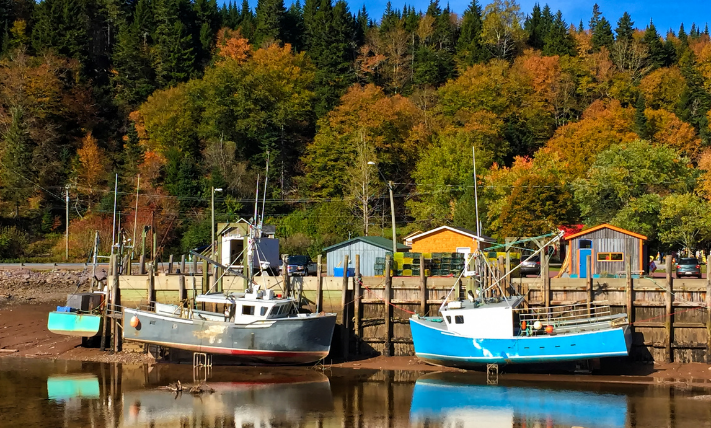 What Causes Tides?
What Causes Tides?
Have you ever wondered why the ocean levels rise and fall each day? If you live near a beach you’ve likely seen the shoreline disappear underwater, only to reappear later in the day. Come find out why.
What are tides?
Tides are the movement of the oceans on Earth. When water levels are higher, it is called high tide. When water levels are lower, it is called low tide. There are usually two high tides and two low tides per day.
What causes high tide and low tide?
The pull of the moon causes high and low tides. Remember that Earth’s gravity keeps the moon in our orbit. But the moon also has a gravity force that pulls on the Earth too. The gravity of the moon is what pulls on the oceans, and causes them to bulge out, creating high tides. The areas where the moon’s gravitational force is lower are where low tides occur.
Why are there two high tides and low tides?
The tidal force, or the pull from the moon’s gravity, causes the oceans to bulge out on two sides of the Earth – the side closest to the moon and the side farthest away. As the Earth rotates, a given location on Earth passes through two of the bulges in a day (high tides), with two lower spots in between (low tides).
Why tides are sometimes higher or lower than normal
The highest tides (called spring tides) occur when the moon is full or new. This is because the Sun, Moon, and Earth are all in a line, and some of the Sun’s gravitational pull also pulls on the oceans. The lowest tides (called neap tides) occur when the Sun’s gravitational pull works against the moon’s pull, to make the tidal force smaller.
The winds and weather can also play a factor in higher or lower tides. Very strong winds pushing winds onto the beach can cause higher tides, while winds blowing out to sea could cause lower tides.